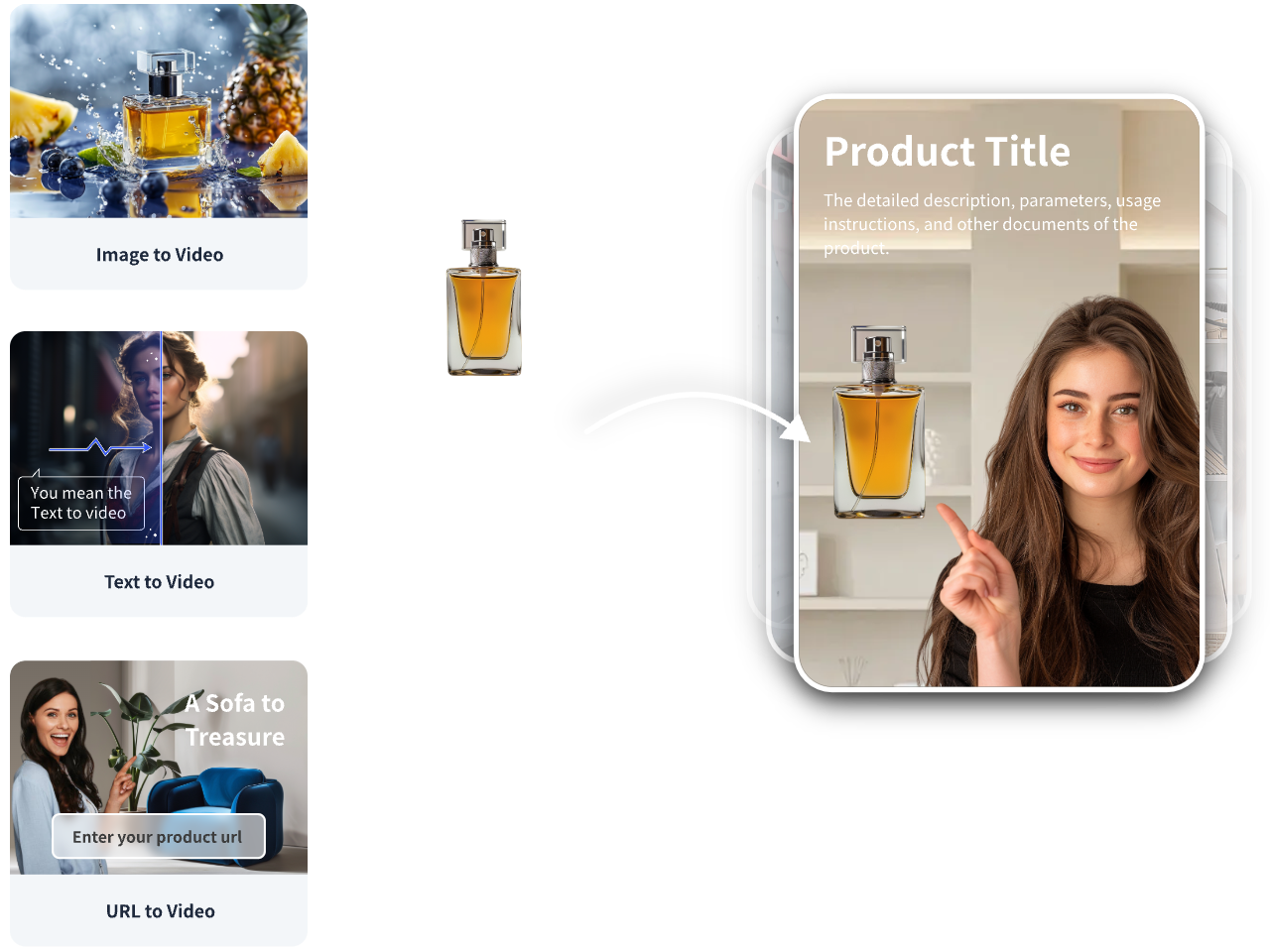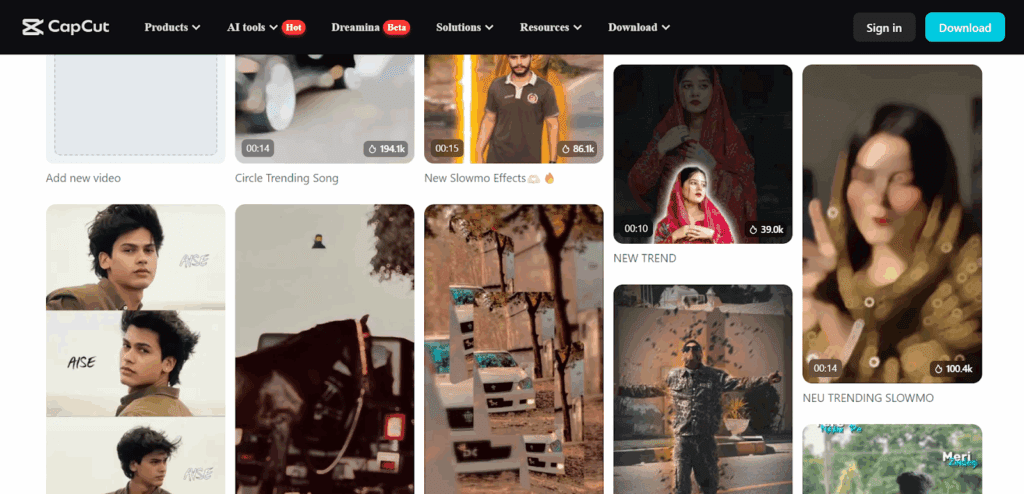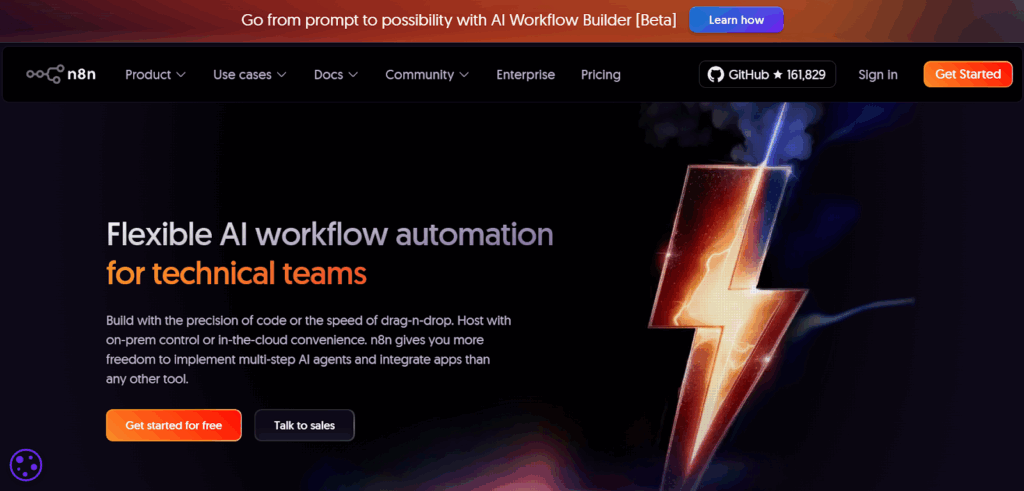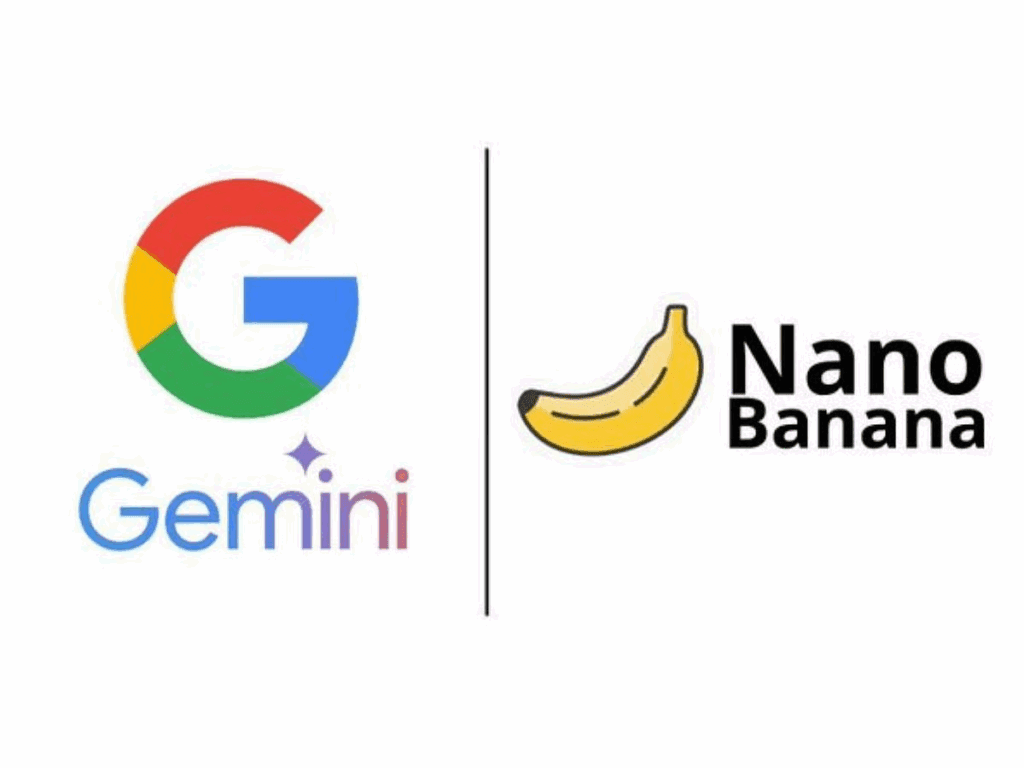CapCut AI Video Generator: Real Tests, Fast Workflows, and When To Switch
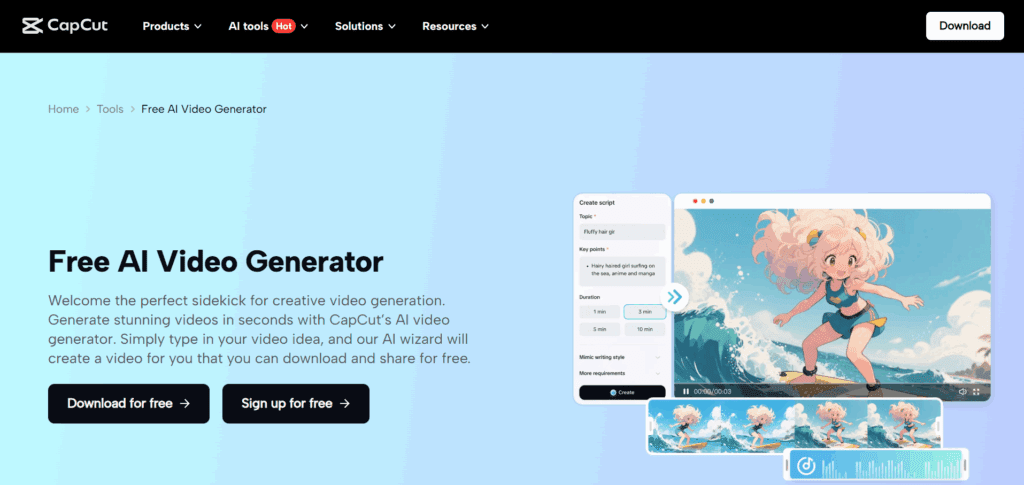
Creators and teams keep asking whether the CapCut AI Video Generator workflow can replace manual editing for short-form and ads. This hands-on guide (by VidAU) gives you a pragmatic answer with benchmarks, templates, and copy-ready flows.
What Does The CapCut AI Video Generator Actually Do?
It turns prompts, scripts, and assets into edited videos.
Under the hood, it stitches together text-to-video generation, script-to-video, AI avatars/voice, and template-driven timelines. You can start from a prompt, paste a script, or drop a product URL and let stock, captions, B-roll, and music fill in automatically. For most social and ecommerce clips, the CapCut AI Video Generator replaces a lot of tedious first-cut editing.
| Dimension | Verdict | Why it matters |
| Speed | Fast for sub-60s social | Drafts in minutes; good for iteration |
| Quality | Social-grade strong | Templates + enhancers raise polish |
| Control | Medium | Best with script beats and scene blocks |
| Cost | Low barrier | Free tier; paid features optional |
| Trust | Needs review | Know your rights & usage policies |
How Fast Is It In Real Workflows?
It delivers a first cut in minutes.
In our tests, a 30–45s vertical product clip rendered in 2–4 minutes depending on media and effects. For a 3–6 minute explainer, expect 8–15 minutes to a decent draft. The CapCut AI Video Generator accelerates particularly well when you bring a clean script and brand assets.
Micro-Benchmarks
| Task | Input | Time to Draft | Notes |
| UGC-style product spot (0:30) | 120-word script + 6 images | 2–4 min | Captions + beat-matched cuts auto-placed |
| Talking-avatar explainer (1:00) | 160-word script | 3–5 min | Lip-sync decent; add B-roll to mask cuts |
| Amazon listing loop (0:20) | 4 product shots | 1–2 min | Add upscale/filter for crisp text |
When Should You Use Pippit or Dreamina Instead?
You should switch when you need one-click product spots or text-to-video experiments.
Pippit shines for ecommerce and marketing (paste a URL → get a ready ad), while Dreamina is better for prompt-driven motion and enhancers like upscaling, frame interpolation, and out-painting. Keep CapCut AI Video Generator for template-led editing, but reach for Pippit to crank variations fast and Dreamina to explore generative looks.
Rule of Thumb
- CapCut: script-accurate shorts, captions, brand kits, avatar presenters.
- Pippit: product URL → social ad variations at scale.
- Dreamina: extend shots, upscale, generate novel motion.
How Does It Compare With Runway, Veo, and Sora?
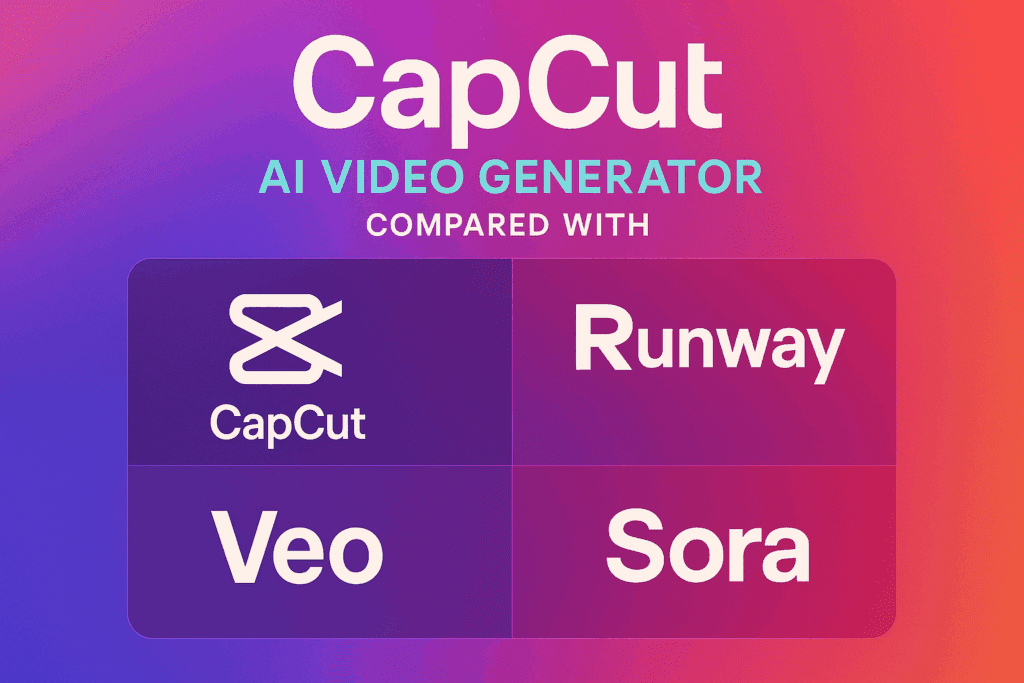
It aims at speed-to-social, not cinematic R&D.
Runway, Veo, and Sora target higher-fidelity generative video (longer shots, nuanced motion), but their pipelines are heavier and not as template-centric. The CapCut AI Video Generator wins for “publish today” social output, while specialized models win for visual ambition.
Quick Comparison Matrix
| Use case | Best pick | Why |
| UGC ads, TikTok, Reels | CapCut | Templates, captions, fast draft-to-publish |
| Catalog/product promos | Pippit | URL-to-ad, rapid variations |
| Novel motion/visuals | Dreamina / Runway | Generative shots + enhancers |
| Long-form educational | CapCut + manual polish | Scene blocks + B-roll automation |
| Cinematic concepting | Veo / Sora (research) | Advanced generative quality targets |
What Benchmark and Results Should You Expect?
You should expect social-grade drafts with room for polish.
Most outputs are “90% there” for shorts, especially when you structure scenes and guide B-roll. The CapCut AI Video Generator handles timing, captions, and transitions well; you fine-tune pacing, replace a few clips, and adjust brand colors.
Common Strength
- Auto-captions with strong timing
- Beat-synced cuts and text overlays
- Solid avatar delivery for explainers
Usual Touch-Ups
- Swap 1–2 stock shots
- Tighten end-cards
- Light color and sharpness tweak
What Are Pricing, Rights, and Policy Considerations?
You should review the terms before publishing commercial work.
Read the latest terms for content rights, model use, and data retention,especially for client work. The CapCut AI Generator is attractive for cost and speed, but your workflow should document: asset ownership, third-party media licensing, and any AI-voice/avatar consent.
Policy Checklist
- Do you own/ license all source media?
- Is AI-voice or avatar usage permitted for the talent/brand?
- Do clients accept AI-assisted workflows spelled out in SOW?
- Are export formats/codecs compatible with the destination platform?
How Do You Make A UGC Ad Step by Step?
You follow a short script-to-video recipe.
Below is a 10-minute flow that works reliably in the CapCut AI Video.
UGC Ad (10-minute recipe)
- Write a 120–140 word “Problem → Promise → Proof → CTA” script.
- Choose a vertical template (9:16) with captions enabled.
- Paste the script; let it place scenes and text beats.
- Add 4–6 product shots; mark 1–2 as hero moments.
- Layer AI voice or avatar (optional).
- Auto-music, then reduce to −18 to −16 LUFS relative to voice.
- Export; upscale if text overlays look soft.
How Do You Create A YouTube Explainer Efficiently?
You plan beats, then let AI fill the scaffolding.
This flow keeps presenters on-script while the CapCut AI adds captions, lower-thirds, and B-roll.
Explainer (15-minute recipe)
- Outline 5 beats (Intro, Context, Steps, Example, Takeaways).
- Choose a 16:9 template with captions and pointers.
- Paste script; select an avatar or record live A-roll.
- Import 6–10 B-roll clips or let AI suggest stock.
- Add chapter markers and end screen.
- Export 1080p; add a subtitles file for accessibility.
What Are The Most Useful Templates and Add-ons?
You combine a punchy template with quality enhancers.
Pair a bold, legible template for the platform with polish tools; this is where the CapCut AI Video Generator closes the last 10%.
Templates to Try
- Bold UGC (9:16) — big captions, color blocks
- Minimal Explainer (16:9) — clean lower-thirds
- Catalog Carousel (1:1) — fast product loops
Enhancers Worth Toggling
- HD Upscale → sharpen overlays/logos
- Frame Interpolation → smoother pans
- Extend Shot/Outpaint → fix awkward cuts
Conclusion
You should ship a small pilot and measure lift.
Adopt a two-week sprint: pick one product, run three creative variants, and track watch-time, CTR, and add-to-cart. If results beat your baseline, scale templates across the calendar and keep a manual “polish pass” in your SOP. The CapCut AI Video Generator works best when you iterate fast and document what wins.
FAQ
1. Is it free?
A: The core workflow has a free tier; some premium features may require an upgrade.
2. Does it support text-to-video?
A: Yes, prompt-to-video and script-to-video are both available.
3. Can I use avatars and cloned voices safely?
A: Yes, if you have consent and follow platform/brand policies.
4. Will it replace an editor?
A: It replaces the first cut; editors still win on story and polish.
5. Does it integrate with social platforms?
A: Yes, export presets and aspect ratios fit TikTok, Reels, Shorts.
